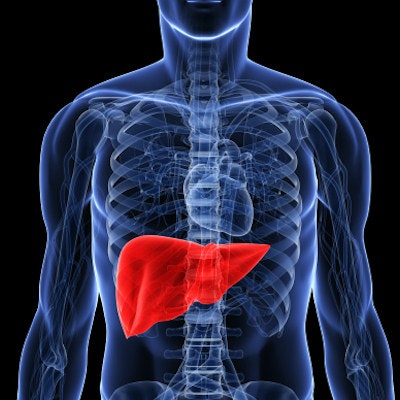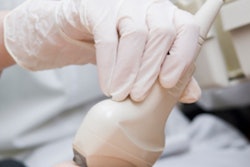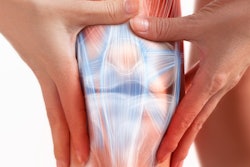
Ultrasound with a shear-wave elastography (SWE) technique can help liver transplant patients avoid biopsy on follow-up, according to a study published online October 7 in the American Journal of Roentgenology.
The findings are good news for a patient population often vulnerable to invasive procedures after transplant -- and can help save healthcare resources, wrote a team led by Dr. Corinne Deurdulian of the University of Southern California in Los Angeles.
"Given the significant resources allotted to perform liver biopsies (e.g., radiologist time, nursing staff, and hospital resources) and patient recovery time, as well as patient discomfort and the possibility of significant postbiopsy complications developing, utilization of a noninvasive tool to determine the degree of hepatic fibrosis would be useful in the initial assessment and follow-up of liver transplant patients," the group wrote.
After liver transplant, patients are monitored for both possible rejection of the new organ and hepatic fibrosis, and they often undergo liver biopsies as part of this follow-up, Deurdulian and colleagues noted.
The researchers sought to determine whether shear-wave elastography could offer a noninvasive alternative to biopsy to assess for liver fibrosis, helping clinicians quantify it in liver transplant recipients.
The study included 111 adult liver transplant patients who underwent 147 SWE exams of the right hepatic lobe followed by biopsies between May 2015 and December 2017. The researchers compared SWE values with fibrosis scores of biopsy samples using the Metavir system: Metavir scores are F0 (no fibrosis), F1 (portal fibrosis without septa), F2 (portal fibrosis with few septa), F3 (numerous septa without cirrhosis), and F4 (cirrhosis). The team tracked SWE's sensitivity, specificity, positive predictive value, negative predictive value, and overall accuracy.
Of the 147 SWE exams and liver biopsies, the researchers found consistent threshold values for patients with Metavir scores of F0 and F1 (no or minimal fibrosis), compared with those with Metavir scores of F2, F3, or F4 (significant fibrosis).
| SWE's performance in classifying fibrosis | |
| Performance measure | SWE |
| SWE value | |
| No or minimal fibrosis | ≤ 1.76 m/sec |
| Significant fibrosis | > 1.76 m/sec |
| Other performance measures | |
| Sensitivity | 77% |
| Positive predictive value | 33% |
| Negative predictive value | 96% |
The study results suggest that clinical decisions for liver transplant patients can be based on SWE results rather than biopsy, the researchers concluded.
"If the median SWE value is 1.76 [m/sec] or less, the patient can be classified as having no or minimal fibrosis ... and can avoid biopsy," the group concluded. "According to these results, which have a negative predictive value of 96%, liver biopsies may be obviated in most patients."




















